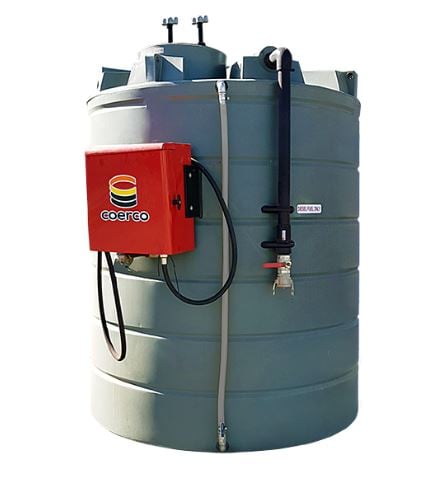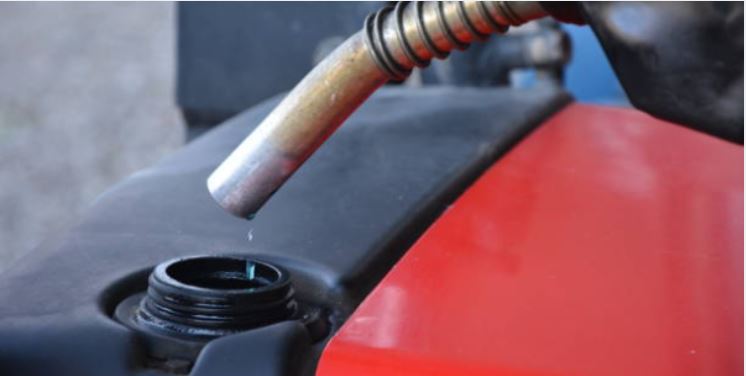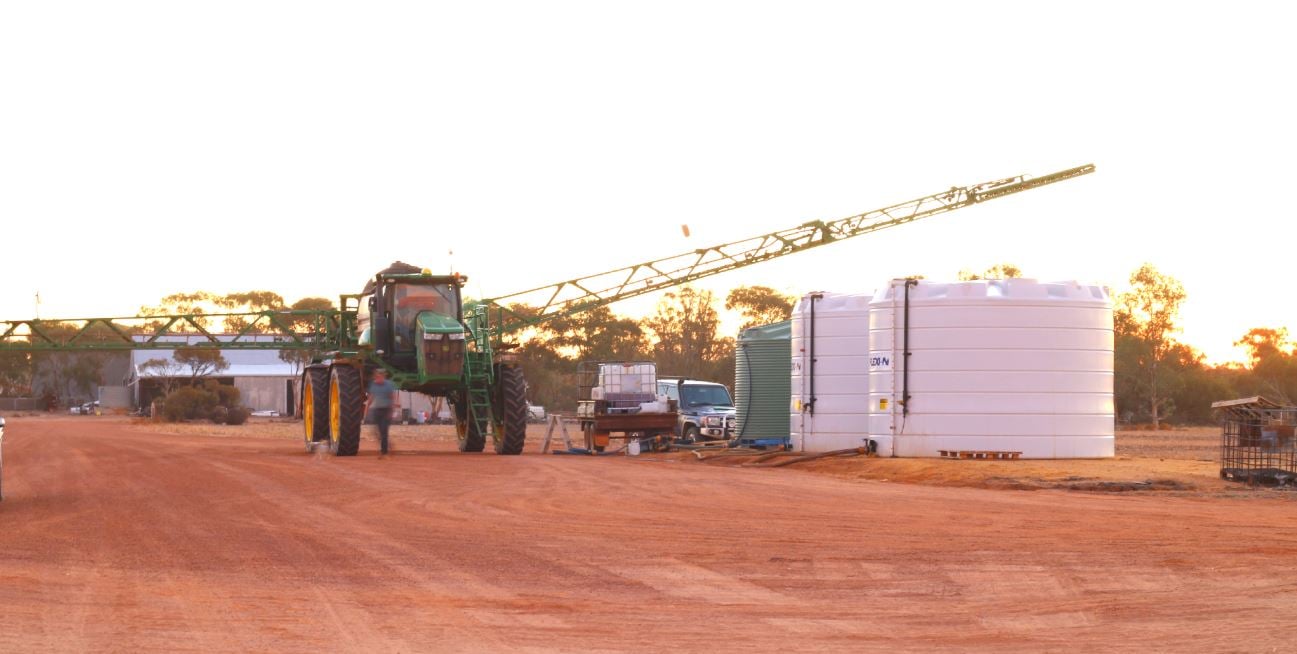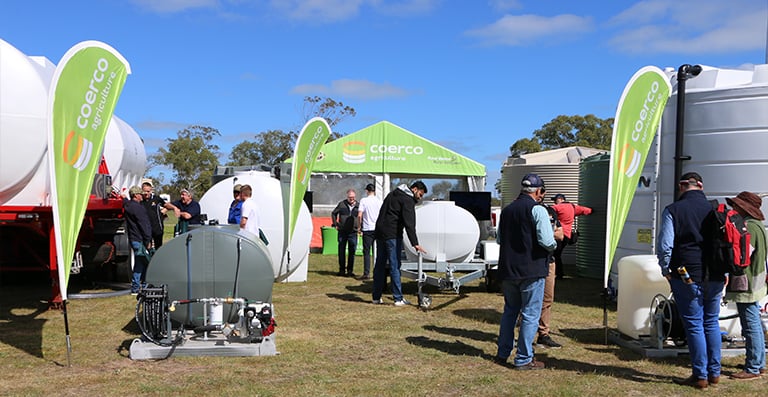The importance of reducing diesel fuel consumption on your farm can’t be stressed enough. As was mentioned in 8 quick wins for reducing diesel costs, immediate actionable measures must be executed if you want to reduce your field operating costs.
But how do you know that the measures you’ve undertaken are working?
The answer is to keep track of your diesel usage by documenting each of your machinery’s fuel consumption during field operations.
What are the advantages of documenting fuel usage?
You will be able to:
- See from a glance how much diesel fuel you’re using and the equivalent costs.
- Have a baseline data.
- Identify potential saving areas.
- Support management decisions.
- Compare the performance of your farm vehicles and farm implements.
- Identify maintenance issues that affect fuel efficiency and remedy them immediately.
- Compare fuel usage under different field operations (tillage, harvesting, etc.).

You can track your fuel usage once, if you prefer, but this will merely allow you to identify potential saving areas in the present. When you document your fuel usage consistently, you will have a better idea of the overall fuel efficiency on your farm each year.
The table below is one way you can keep track of your machinery’s fuel consumption. It is advised that handwritten records be backed up by digital records if available.
|
Type of machinery |
Start time |
End time |
Total hours |
Description |
Area |
Diesel Consumption |
||
|
(Ha) |
Litre |
L/h |
L/ha |
|||||
|
|
|
|
|
ex.plot, etc. |
|
|
|
|
|
|
|
|
|
implements used, etc. |
|
|
|
|
Under Description, you will need to put variables such as plot, implements used, operating conditions, working depth, etc. 
What else do you need to keep track of?
Apart from the table above, you also need to keep track of the following:
1. Fuel Delivery. Keep the receipts of your fuel delivery transactions.
2. Fuel Storage. Proper documentation of your fuel storage helps with the early detection of any leaks from your diesel storage and transport tanks, which is crucial as diesel may damage your immediate environment. A bonus to this fuel tracking measure is that it helps you identify early if you have been a victim of fuel theft if this is an issue in your area.

Coerco diesel storage tank
It was mentioned awhile ago that documenting fuel usage will provide you with a baseline data that you can use in the future. However, if you want to compare your current fuel usage against past usage, that is still possible using the below formulas.
Calculate your estimated annual fuel cost per year:
Annual Fuel Costs = Average diesel consumption (in litres/hour) x total hours of use per year x fuel cost per litre
To get your average diesel consumption in litres/hour, use this formula:
Average Diesel Fuel Consumption (litres/hour) = (0.167) x PTO horsepower
Note that PTO horsepower (power take off) is different from the engine horsepower of your tractor. Your tractor’s PTO value is lesser than its engine horsepower. As an aside, PTO horsepower should match the requirements of your farm implements.
The main thing is that when you document where fuel is used on your farm and under which particular activities, you’ll be able to have more control on your budget and savings.
Whatever way you choose to monitor your fuel usage, your drive to review it consistently will help you make better farm decisions.









What do you think about this post?
Comments